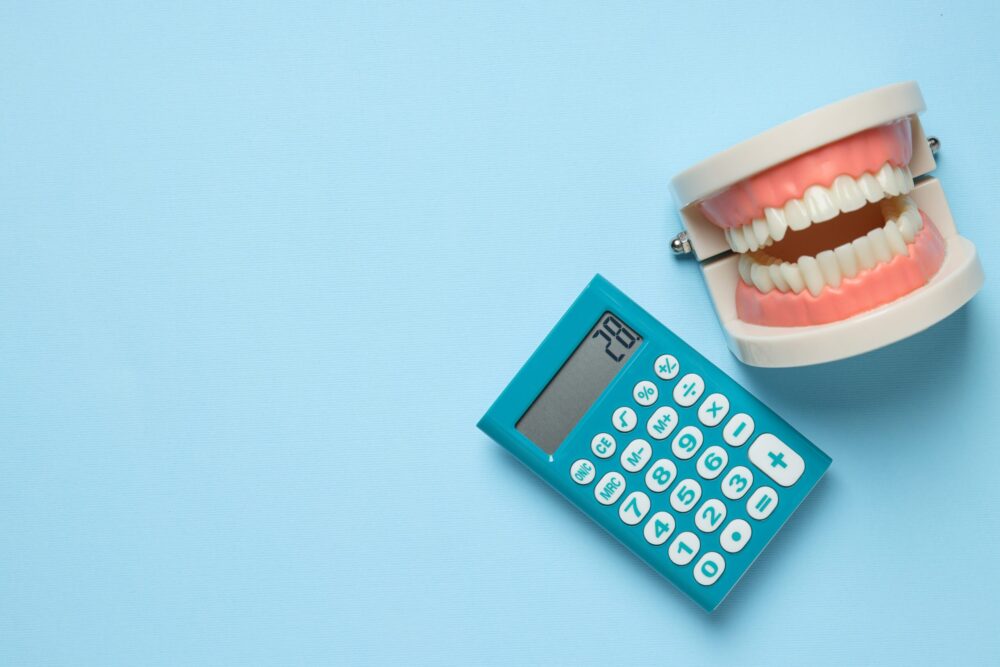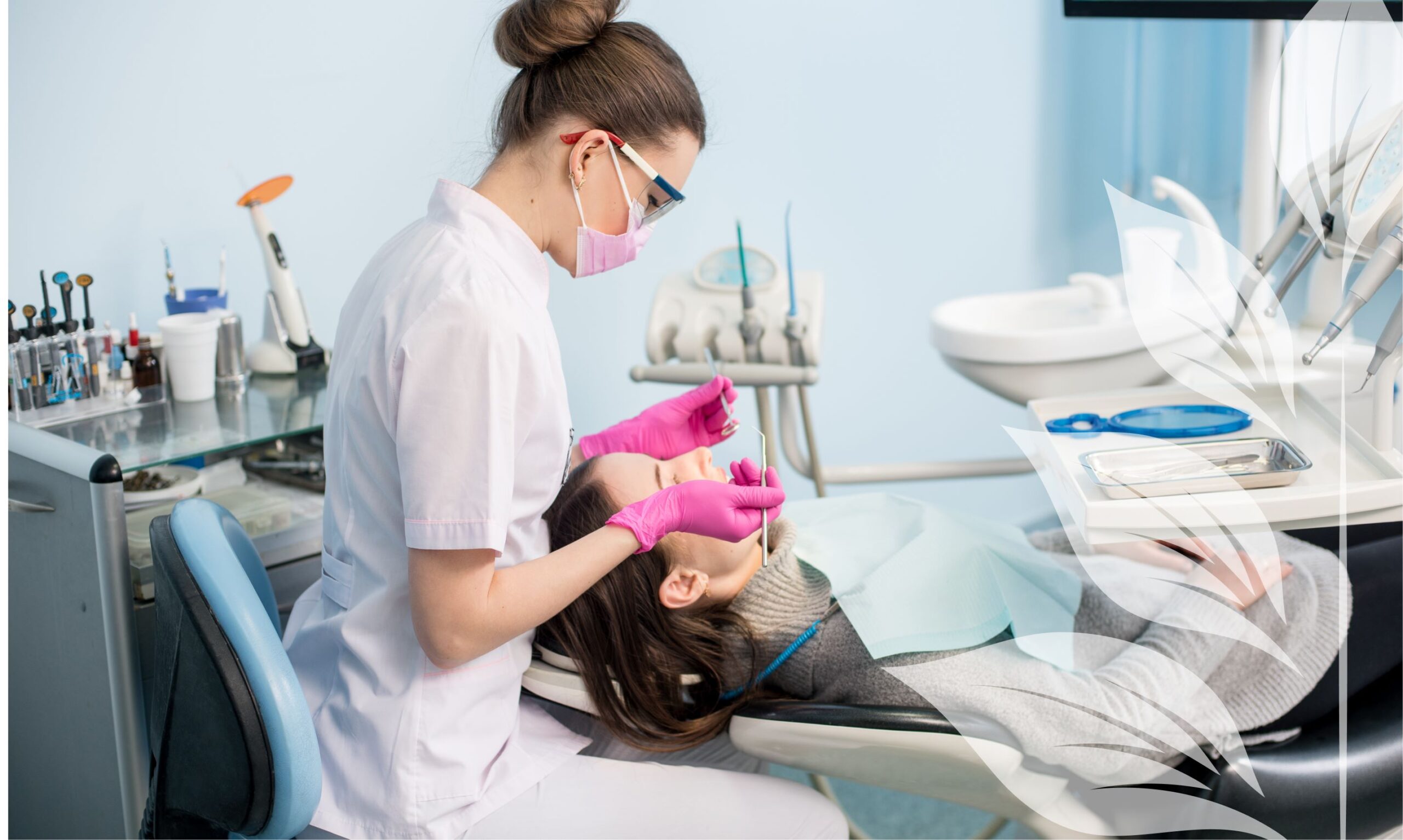Gingivitis can be a scary problem if left untreated.
Gingivitis, or irritation of the gums, can be a scary and serious dental problem. It can eventually lead to the gum disease periodontitis, but if you properly brush your teeth and receive regular dental care, gingivitis can be prevented.
What is gingivitis?
Gingivitis is a mild form of gum disease, which is also known as periodontal disease. Gingivitis can cause irritation of the gingiva, which is the part of your gum around your tooth, and can also cause redness, swelling, and even bleeding of the gums. Gingivitis is often caused by poor oral hygiene habits, including improper brushing techniques, however, gingivitis can be reversed if it is caught early enough, and proper steps are taken in regard to prevention.
What is periodontitis?
Periodontitis is an advanced form of gum disease and is a later stage of gingivitis. Periodontitis can cause damage to the soft tissues in your mouth and weaken the bones in the jaw that hold the teeth in place. If left untreated, periodontitis can eventually cause tooth loss. Again, periodontitis is entirely preventable with proper dental hygiene habits. But once gingivitis develops into periodontitis, it can no longer be reversed.
What are symptoms of gingivitis and periodontitis?
A healthy set of gums should be pink in color and fit tightly around the teeth. If you think you might have gingivitis or periodontitis, these are the symptoms you should look for:
- Red or dark red gums
- Swollen gums
- Gums that are tender to the touch
- Receding gums
- Gums that bleed frequently when you brush or floss
- Persistent bad breath
- Pus forming between your teeth and gums
- Teeth that feel loose in their sockets
If you are experiencing any of these symptoms, you should give Allred Family Dentistry a call right away to schedule an appointment so you can get it checked out immediately! Remember, these conditions are preventable, and even gingivitis can be reversed with a proper dental hygiene routine.
How are gingivitis and periodontitis formed?
The main cause of gingivitis and periodontitis is poor oral hygiene. If you are brushing and flossing properly and visiting the dentist two times a year for cleanings, you shouldn’t have anything to worry about.
Unfortunately, improper dental habits encourage plaque to form on your teeth. Plaque is a sticky film that adheres to your teeth, which is made up of the sugars and starches in the food you eat. When those sugars and starches come into contact with bacteria that lives in your mouth, plaque is formed. That plaque film then coats your teeth, which is why it is so important to brush at least twice a day and floss at least once a day, in order to rid your teeth of plaque.
If plaque stays on your teeth, it can harden and turn into tartar. Tartar often hardens around the gumline and collects bacteria, and that can cause irritation along your gumline. The only way to get tartar removed is with a professional dental cleaning.
If tartar and plaque are left to form on your teeth, it can irritate your gingiva, which can then lead to gingivitis forming. If that is left untreated, you could be looking at the development of the more painful condition, periodontitis, which can then potentially lead to tooth loss.
Proper brushing prevents both gingivitis and periodontitis.
Sure, you’re brushing and flossing twice a day, but do you know if you are actually brushing your teeth properly?
1. Toothbrush Selection
According to the ADA, or American Dental Association, you should be using a soft or ultra soft bristle toothbrush while brushing. The toothbrush’s shape and size should easily fit in your mouth and be maneuverable and flexible so that you can reach all surfaces of your teeth.
2. Toothpaste Selection
After you’ve made the right toothbrush selection, you next need to make sure you’ve selected the right toothpaste. Your toothpaste should be ADA recommended and contain fluoride, which is an element that can help build up the enamel of your teeth. Remember, all you need is a pea-sized amount of toothpaste on your toothbrush when you brush.
3. Toothbrushing Technique
Now, you need the proper technique to brush. While holding your toothbrush at a 45-degree angle to your gums, gently move your toothbrush in short strokes back and forth over each tooth, making sure to brush all surfaces of each tooth. To clean the inside surfaces of your front teeth, make sure to tilt your toothbrush vertically and use up and down strokes to clean the teeth.
4. Mouthwash for Gum Disease
Once you are done brushing your teeth, you should use a mouthwash after. Using mouthwash can help swish away plaque and bacteria that brushing alone might have missed.
Don’t forget to replace your toothbrush every few months, or as soon as the bristles are worn. Worn out bristles won’t properly clean your teeth, and could lead to plaque buildup.
Prevention is key.
The best way to prevent gingivitis and periodontitis is to properly brush and floss your teeth at least twice a day. You should also have regular dental checkups, which means you should be visiting Allred Family Dentistry at least every six months, or twice a year. If you haven’t seen us in a while, pick up the phone and give us a call to schedule an appointment. We’d be happy to schedule your appointment as soon as we can!





